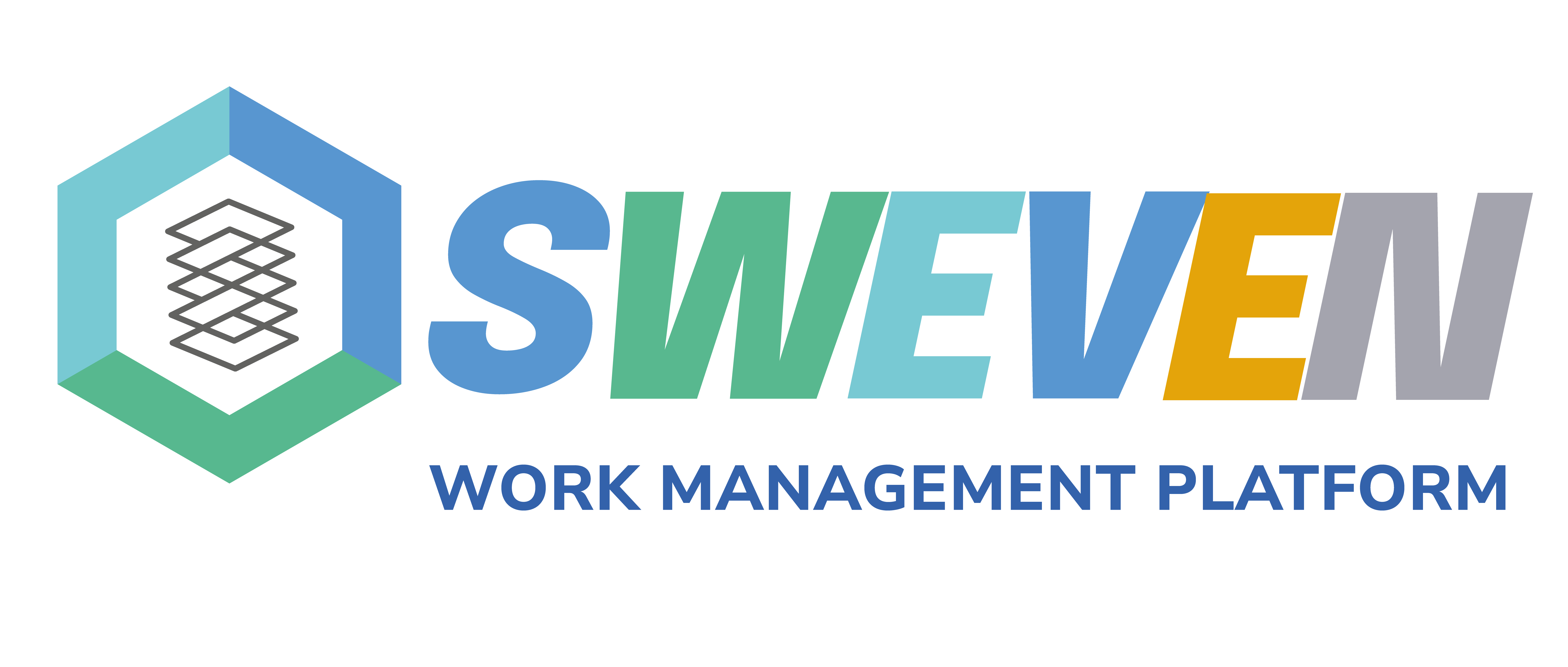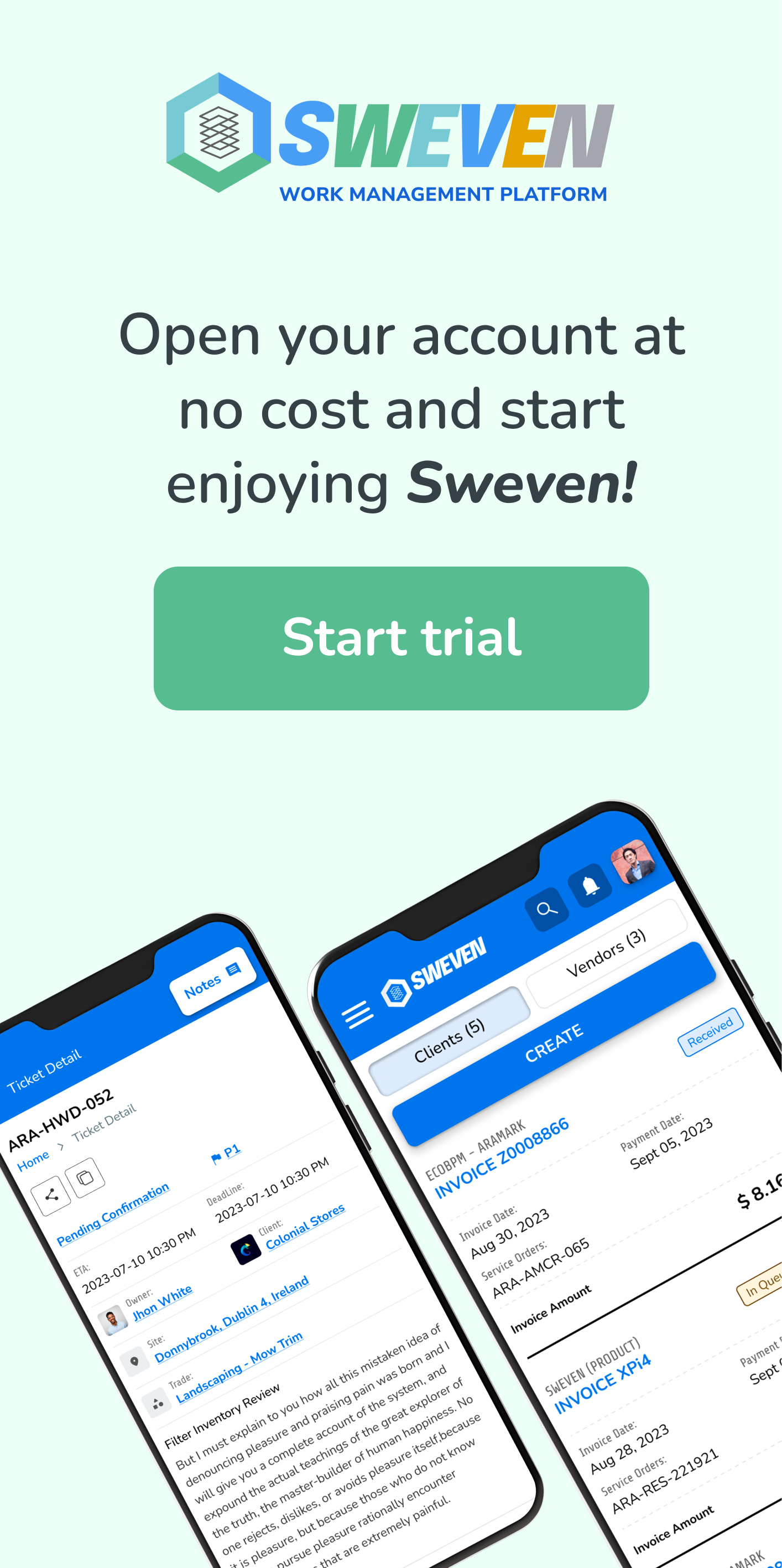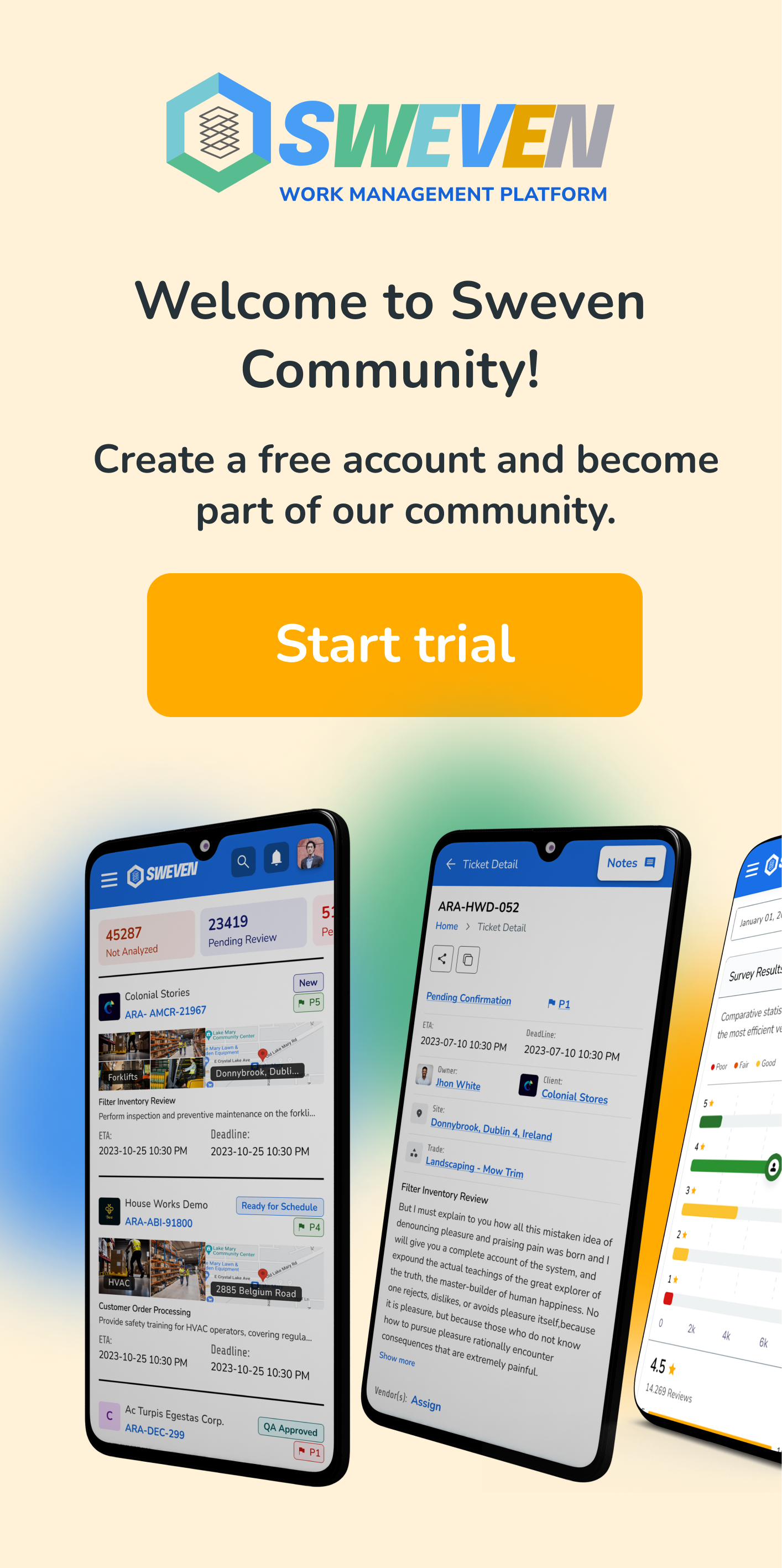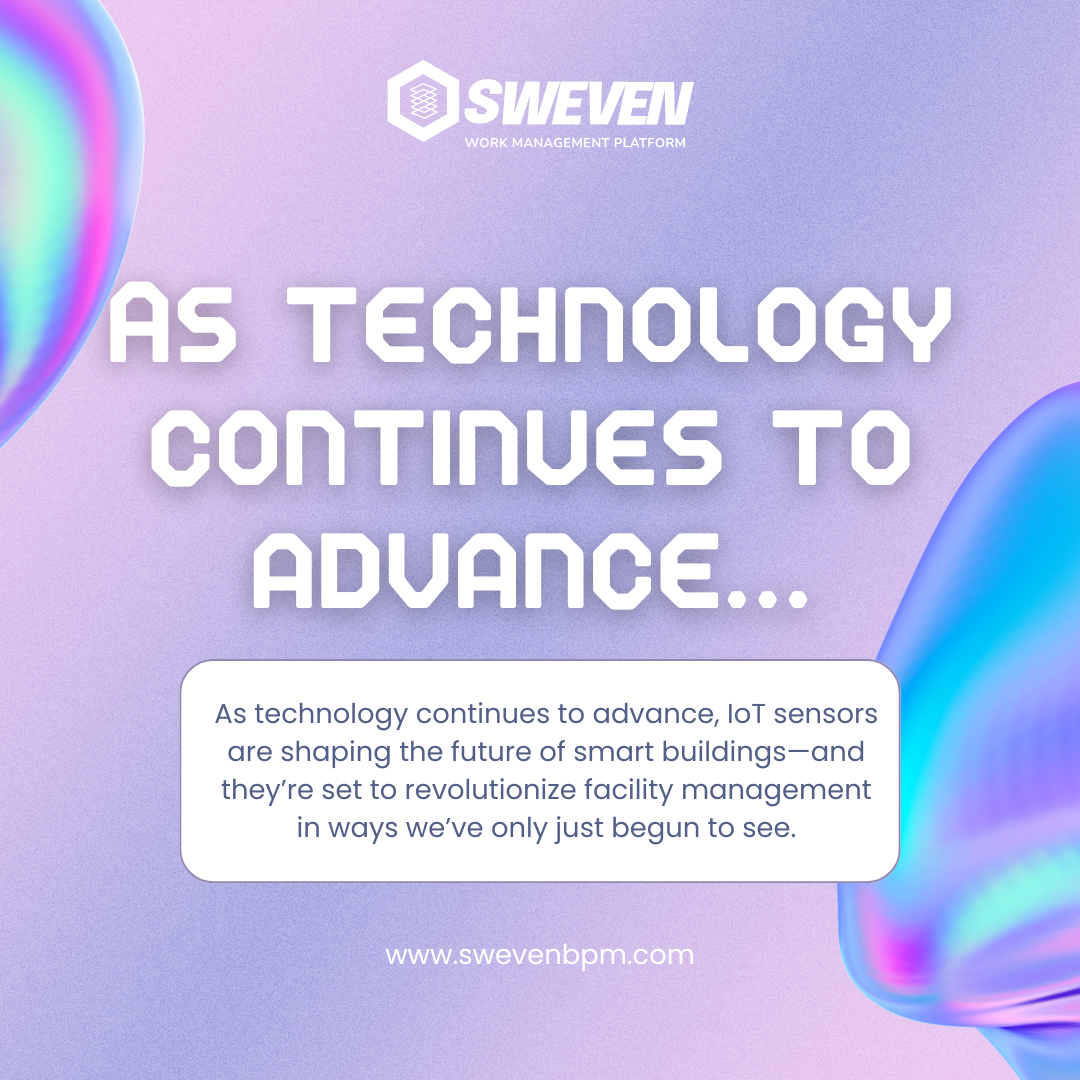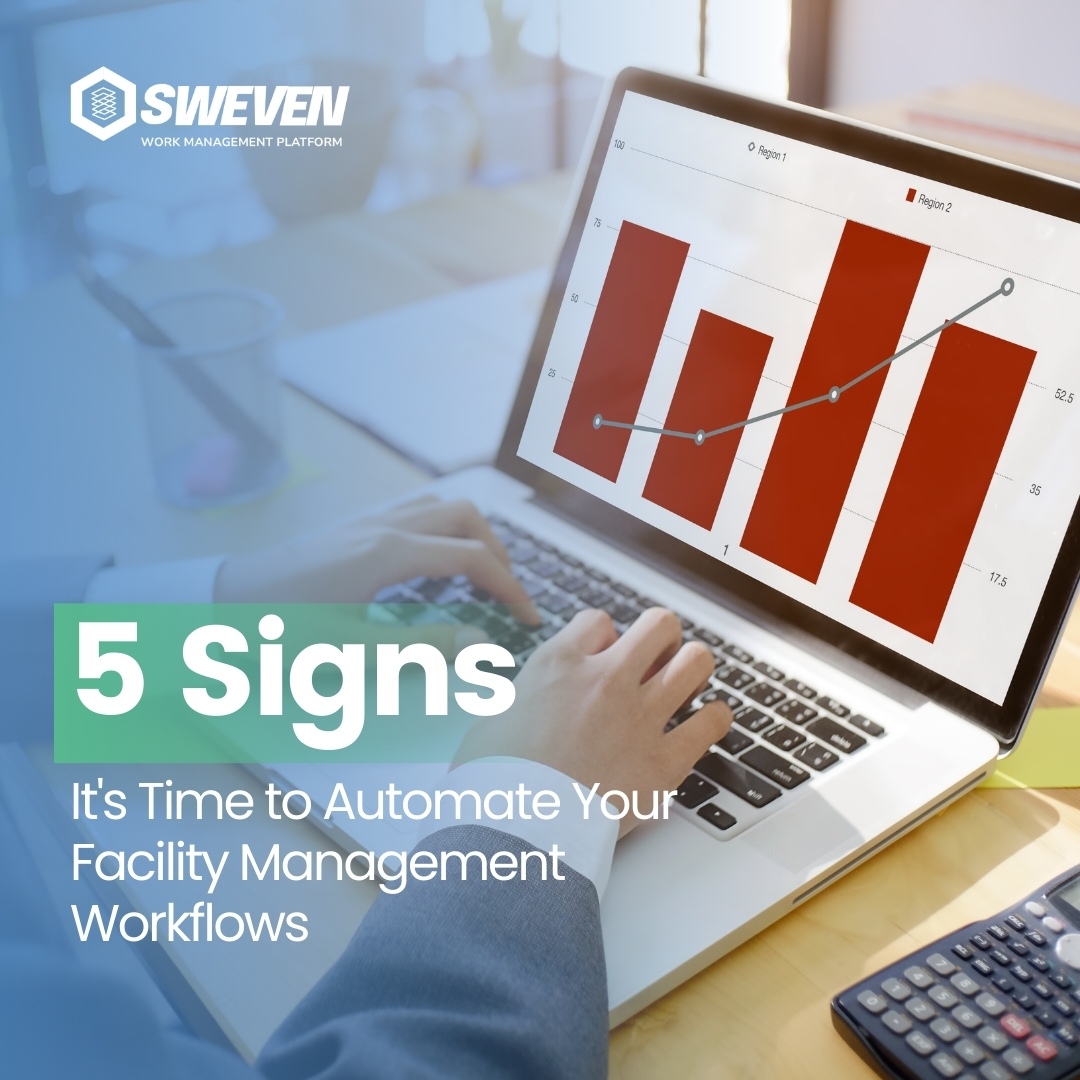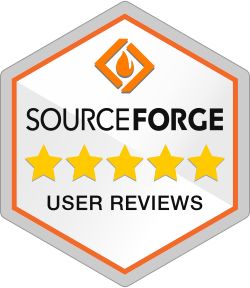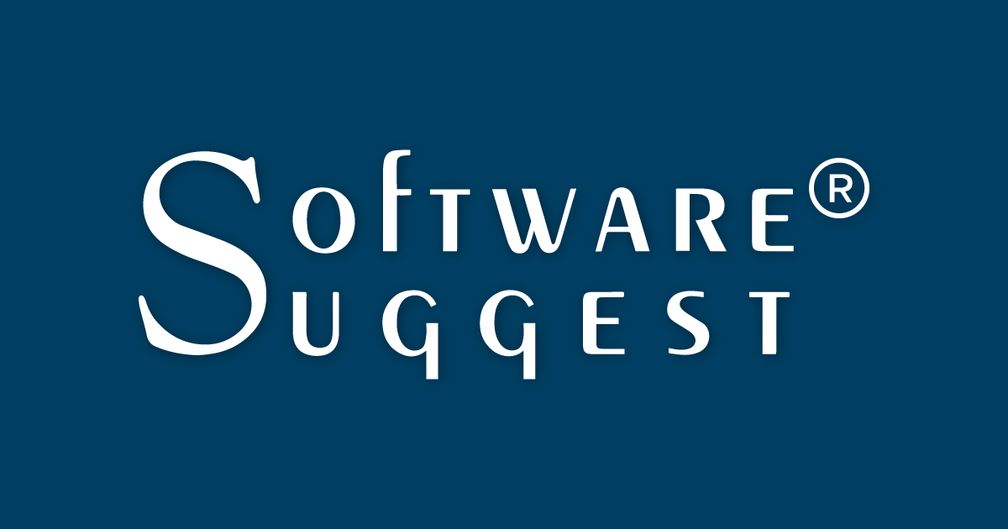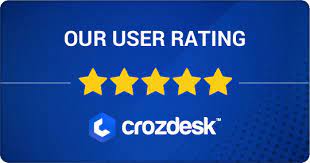
Introduction
In today’s complex business environment, compliance and regulatory challenges are ever-present and increasingly stringent. Businesses across industries must navigate a labyrinth of regulations to avoid penalties, legal repercussions, and reputational damage. This blog explores the common compliance and regulatory challenges organizations face and presents the establishment of robust compliance management frameworks as a comprehensive solution.
The Problem: Compliance and Regulatory Challenges
Businesses encounter numerous compliance and regulatory challenges, including:
1. Constantly Evolving Regulations: Regulatory landscapes are continually changing, requiring businesses to stay updated and adapt to new requirements.
2. Complex Legal Requirements: Navigating through intricate and often overlapping legal requirements can be daunting and resource-intensive.
3. Risk of Non-Compliance: Failure to comply with regulations can result in hefty fines, legal actions, and reputational damage.
4. Data Privacy and Security: With regulations like GDPR and CCPA, ensuring data privacy and security has become a critical compliance issue.
5. Global Compliance: For businesses operating internationally, meeting diverse regulatory requirements across different regions adds another layer of complexity.
6. Resource Constraints: Smaller businesses or those with limited resources may struggle to keep up with compliance requirements due to insufficient personnel or expertise.
The Solution: Establishing Robust Compliance Management Frameworks
To effectively manage compliance and regulatory challenges, businesses should establish robust compliance management frameworks. These frameworks provide a structured approach to ensure adherence to regulatory requirements and mitigate compliance risks. Here’s how:
Key Components of a Robust Compliance Management Framework
1. Regulatory Intelligence and Monitoring
– Continuous Monitoring: Implement systems to continuously monitor regulatory changes and updates. Subscribing to regulatory intelligence services can help stay informed about new laws and amendments.
– Regular Audits and Reviews: Conduct regular compliance audits and reviews to identify gaps and ensure adherence to current regulations.
2. Risk Assessment and Management
– Risk Identification: Identify and assess compliance risks specific to your industry and operations. This includes understanding the potential impact of non-compliance on your business.
– Risk Mitigation Strategies: Develop and implement strategies to mitigate identified risks. This might include policy changes, process adjustments, and technology implementations.
3. Policy Development and Documentation
– Clear Policies and Procedures: Develop clear, comprehensive policies and procedures that outline compliance requirements and responsibilities.
– Documentation: Maintain thorough documentation of compliance efforts, including policies, training records, audit findings, and corrective actions. Proper documentation is crucial for demonstrating compliance during audits.
4. Training and Awareness
– Employee Training: Regularly train employees on compliance requirements, policies, and best practices. This ensures that everyone understands their role in maintaining compliance.
– Awareness Programs: Implement ongoing awareness programs to keep compliance top-of-mind for all employees, fostering a culture of compliance within the organization.
5. Technology and Automation
– Compliance Management Software: Use specialized software to streamline compliance processes, track regulatory changes, and manage documentation.
– Automation Tools: Leverage automation tools to reduce manual efforts, minimize errors, and ensure timely compliance activities.
6. Internal Controls and Reporting
– Internal Controls: Establish strong internal controls to detect and prevent compliance violations. This includes access controls, segregation of duties, and regular internal audits.
– Reporting Mechanisms: Implement reporting mechanisms that allow employees to report compliance concerns anonymously and without fear of retaliation.
7. Third-Party Management
– Vendor Compliance: Ensure that third-party vendors and partners also comply with relevant regulations. This involves conducting due diligence, requiring compliance certifications, and regularly monitoring vendor performance.
8. Continuous Improvement
– Feedback Loops: Establish feedback loops to gather insights from compliance activities and audits. Use this feedback to continually improve your compliance management framework.
– Benchmarking: Compare your compliance practices with industry standards and best practices to identify areas for improvement.

Implementing a Robust Compliance Management Framework
To successfully implement a robust compliance management framework, businesses should follow a strategic approach:
1. Assessment and Planning: Conduct a thorough assessment of current compliance practices and identify areas for improvement. Develop a detailed implementation plan that outlines objectives, timelines, and resource requirements.
2. Resource Allocation: Allocate necessary resources, including personnel, technology, and budget, to support the implementation and ongoing management of the compliance framework.
3. Stakeholder Engagement: Engage key stakeholders, including senior management, legal counsel, and compliance officers, to ensure buy-in and support for compliance initiatives.
4. Training and Development: Provide comprehensive training to employees and relevant personnel on the new compliance framework and their roles in maintaining compliance.
5. Monitoring and Evaluation: Regularly monitor the effectiveness of the compliance management framework and make adjustments as needed. Use metrics and key performance indicators (KPIs) to evaluate compliance performance.
6. Continuous Improvement: Foster a culture of continuous improvement by regularly reviewing compliance practices, incorporating feedback, and staying updated with regulatory changes and industry best practices.
Benefits of a Robust Compliance Management Framework
Implementing a robust compliance management framework offers numerous benefits:
1. Reduced Risk of Non-Compliance: Proactively managing compliance reduces the risk of violations and associated penalties.
2. Enhanced Operational Efficiency: Streamlined compliance processes and automated tools improve operational efficiency and reduce manual efforts.
3. Improved Data Security and Privacy: Ensuring compliance with data protection regulations enhances data security and privacy.
4. Strengthened Reputation: Demonstrating a commitment to compliance builds trust with customers, partners, and regulators, strengthening your organization’s reputation.
5. Competitive Advantage: A strong compliance management framework can provide a competitive advantage by ensuring smooth operations and reducing the likelihood of regulatory disruptions.

Conclusion
Compliance and regulatory challenges are complex and ever-evolving, posing significant risks to businesses. Establishing a robust compliance management framework provides a structured and proactive approach to managing these challenges. By incorporating regulatory intelligence, risk management, policy development, training, technology, internal controls, and continuous improvement, businesses can ensure compliance, mitigate risks, and achieve long-term success.
Call to Action
Are you ready to tackle your compliance and regulatory challenges? Contact us today to learn more about our comprehensive compliance management solutions. Let us help you establish a robust compliance framework to ensure your business remains compliant and thrives in today’s regulatory landscape.
